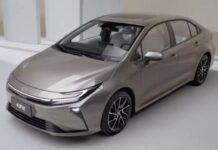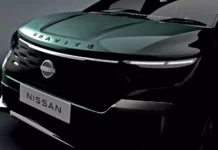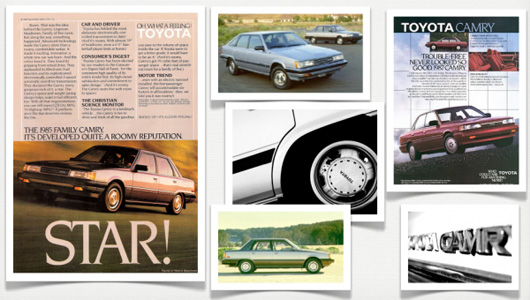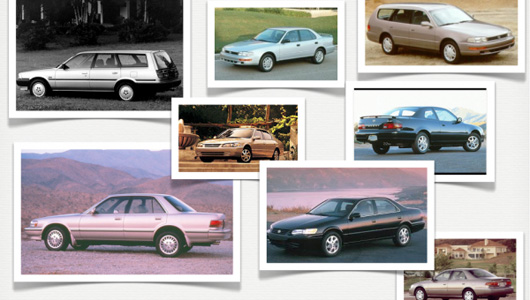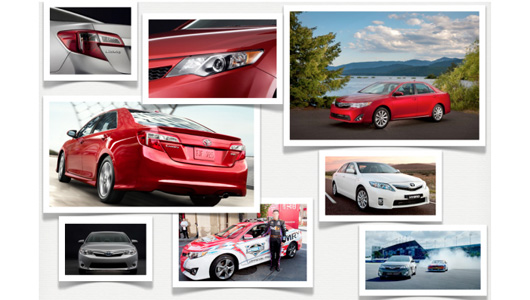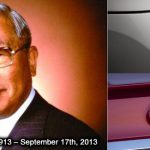The all-new Camry model, the latest addition to the Vietnamese market, marks the beginning of a new era. Now, let’s take a retrospective look at the six previous generations of Camry.
Part 1: The Roots of Camry
The Toyota Camry, a mid-size car, is skillfully crafted at the Toyota Georgetown plant in Kentucky, USA. Renowned for its popularity, Camry has enjoyed impressive sales figures in the US for many years. As the largest market for Camry, the US market poses fierce competition from rivals such as Honda Accord, Mazda 6, and Nissan Altima.
Camry also boasts substantial sales in Australia and certain Asian markets, with Cambodia embracing the vehicle with open arms. However, its presence in Europe and Japan has faced impediments due to the perception of incompatibility with these markets. In Japan and Asia, Camry faces off against Nissan Teana and Honda Accord as its primary competitors.
Derived from the Camry lineage, Lexus ES is a luxury brand that adorns the US market and is renowned for its Japanese heritage.
The Camry name first entered the public lexicon in 1980, alongside the Toyota Celica Camry. In 1982, the independent Toyota Camry product line made its debut. Although originally structured as a sedan, the Camry has encompassed different variations over time, including 5-door hatchbacks, 2-door coupes, and wagons. The Toyota Camry Solara, a subdivision of the Camry family, offers Coupe and Convertible versions.
Over the years, Camry has undergone numerous redesigns and upgrades, with significant updates occurring in 1987, 1992 (1990 in Japan), 1997, 2002, 2006, and most recently, the 2012 generations.
Unlike the original Celica Camry, the Toyota Camry has consistently impressed with its well-organized design. Its engine is transverse-mounted, allowing for a convenient front-wheel drive layout, while also offering a select few models with all-wheel drive functionality.
The second and third generations of Camry were sold under the Holden Apollo name in Australia. Despite their equivalence and origin from the same factory, the Holden Apollo struggled to make an impact. Starting from 2000, Daihatsu marketed the Camry under the Altis name.
The name “Camry” is an English transliteration of the Japanese word “kanmuri,” which means “crown.”
Camry stands as one of the most sought-after vehicles in the North American market, reflecting meticulous marketing and sales management efforts. Positioned just below the Toyota Avalon and Lexus ES 330, Camry enjoys strong support in its two major markets of Australia and North America.
In 2000, while Camry was produced in Toyota factories in Japan, Australia, and Georgetown (Kentucky, USA), it began to be assembled from CKD kits in Vietnam, the Philippines, and Thailand. Additionally, Toyota’s partner branches in Malaysia and Taiwan also assembled Camry from CKD kits.
Camry’s long-standing rival is the Honda Accord, often praised for its sportier and more advanced appearance. Sales statistics in North America reveal that Accord and Camry usually share similar sales figures, indicating that the majority of Camry’s target audience prioritizes other factors over performance. Recent comparisons have pitted Camry against contenders such as Nissan Altima, Mitsubishi Galant, Mazda 6, and Chevrolet Malibu. While Camry has yet to establish an undisputed dominance, it remains a formidable contender.
Part 2: The Legacy Continues
Thu Ha (TTTD)

